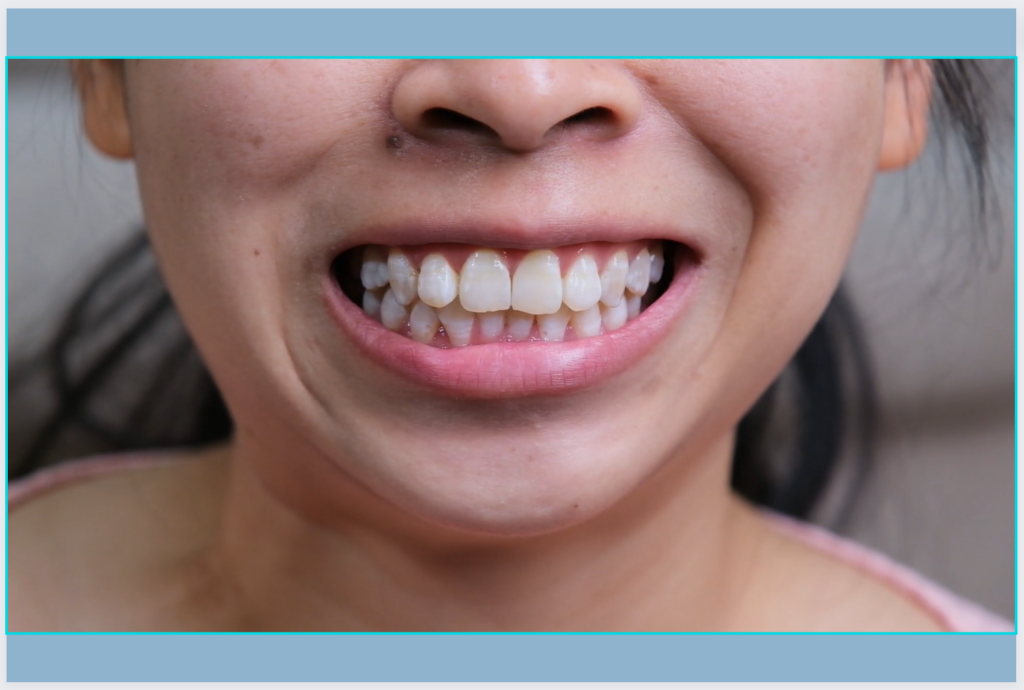Excerpts from an interview on fluorosis, historically known as mottled enamel, with Dr. Steven M. Levy, University of Iowa College of Dentistry.
Transcript from interview with Dr. Levy about mottled enamel
Mild dental fluorosis is a very subtle change in the appearance of the tooth.
It occurs from having some changes under the surface to the enamel that creates some microscopic porosity.
When I first got involved with this area of research, it was when we were trying to better understand the balance between getting the right amount of fluoride during childhood and early tooth development for cavity prevention but not getting too much. And the reason we would like to not get too much is that during the very early stages of life, when the teeth are in their formative stages and are mineralizing, there can be some changes to the enamel, the outer surface of the tooth, that occurs. Some cosmetic changes that can occur where they get actually greater whiteness than their normal level of whiteness.
We realized that the best way to fully understand this issue would be to get very detailed assessments of the fluoride intake of the individuals and we were fortunate over several years to recruit a large number of mothers with newborns from hospitals in Iowa, before they left the hospital, and then to follow them over the years and to get detailed records from them several times per year about the fluoride intake that their children were receiving, both from the water and beverages but also from toothpaste and from other sources.
The main thing that we found is that the large majority of dental fluorosis is extremely mild in a community such as ours, and we’re also confirming the time periods being very clearly the first two to three years of life that seemed to be most important and better fine-tuning that.
It’s really only from about birth to three or four that the front teeth can be affected, and after that for adults for older children, it would not be noticeable except in the back teeth that could be affected up through about age 8 and after that, there’s no effect of more fluoride intake on the developing tooth because it’s finished development. In general, having mild dental fluorosis is associated with less decay than not having mild dental fluorosis and so when we think about the possible risk of a little bit of mild fluorosis then we can realize there’s a trade-off and a benefit that comes with that in cavity protection, and especially if that fluorosis is not likely to be noticed then that’s a very favorable trade off. The research that we’ve conducted we feel is quite helpful in clarifying the recommendations and providing a basis for considering and discussing levels of fluoride exposure and future health effects, but sometimes people are taking our results out of context, and they may look at the fact that there is an association of a certain level of dental fluorosis with a certain level of fluoride intake as evidence for the fact that we shouldn’t be having that exposure or that we need to reduce that or that there is a negative aspect there. And when we look at all of the benefits of fluoridation and we’re looking at trying to find the right balance to avoid excessive intake and severe fluorosis, that’s really the best way for our data to be used in the context of that balance, and also realizing that mild dental fluorosis is a very different outcome than the severe dental fluorosis that rarely occurs in our context.
Other resources on mottled enamel

The discovery and study of so-called “mottled enamel” was important to the discovery of not only fluorosis but the role of fluoride in cavity prevention. A key resource on this history can be found in the National Institutes for Health’s Story of Fluoridation. The Fluoride Science editorial board’s topic summary of enamel fluorosis is also a resource reviewing more current literature related to mottled enamel.
